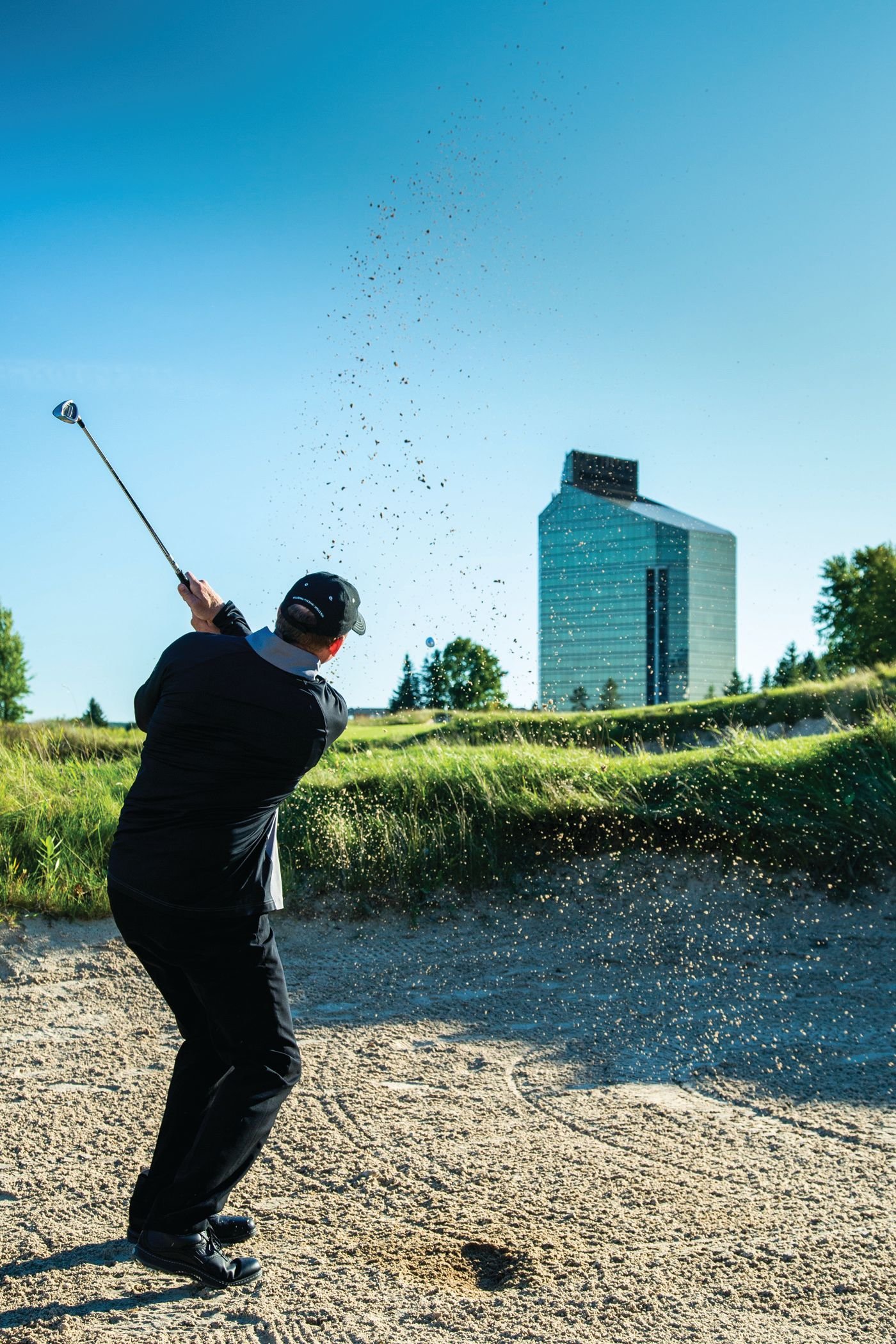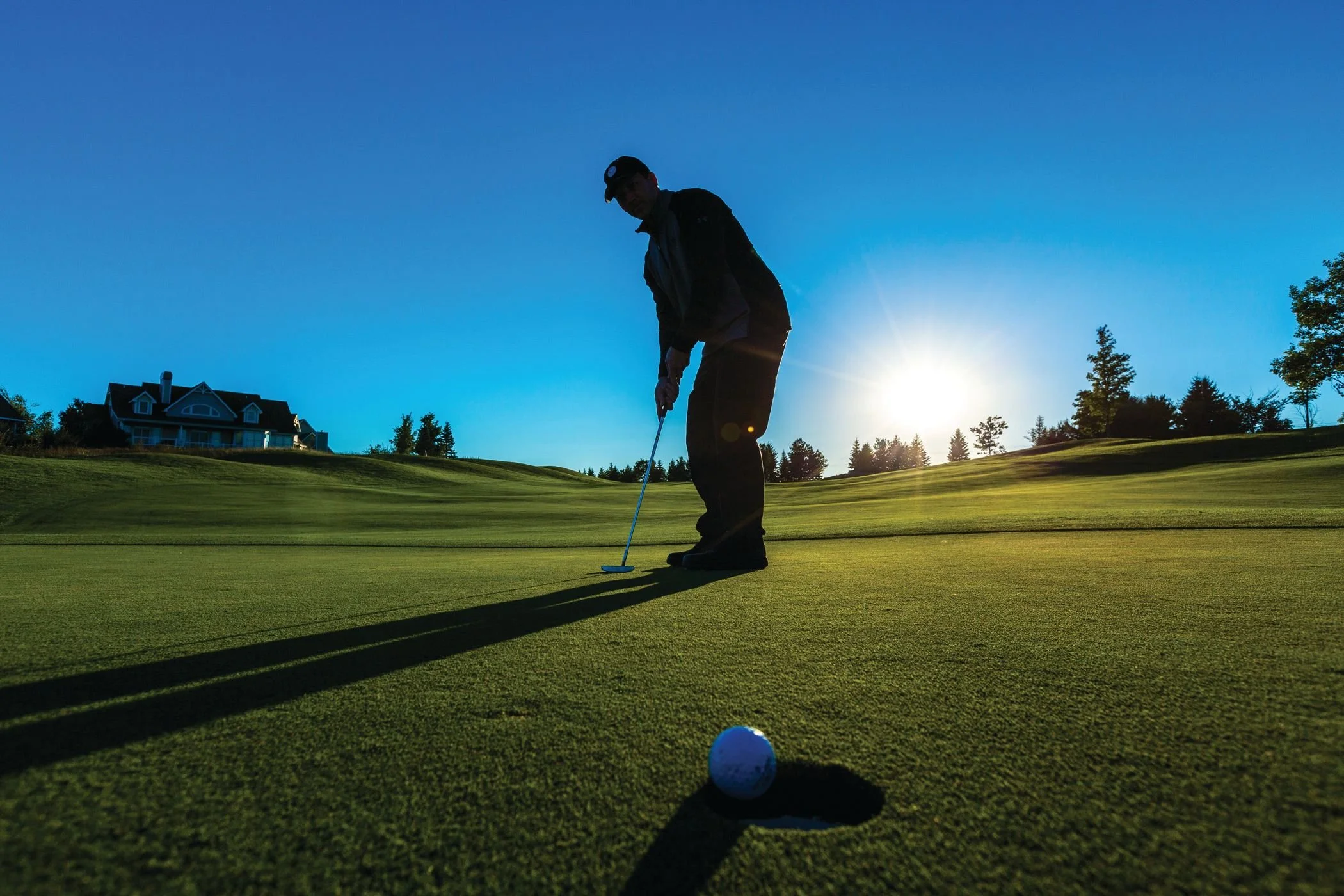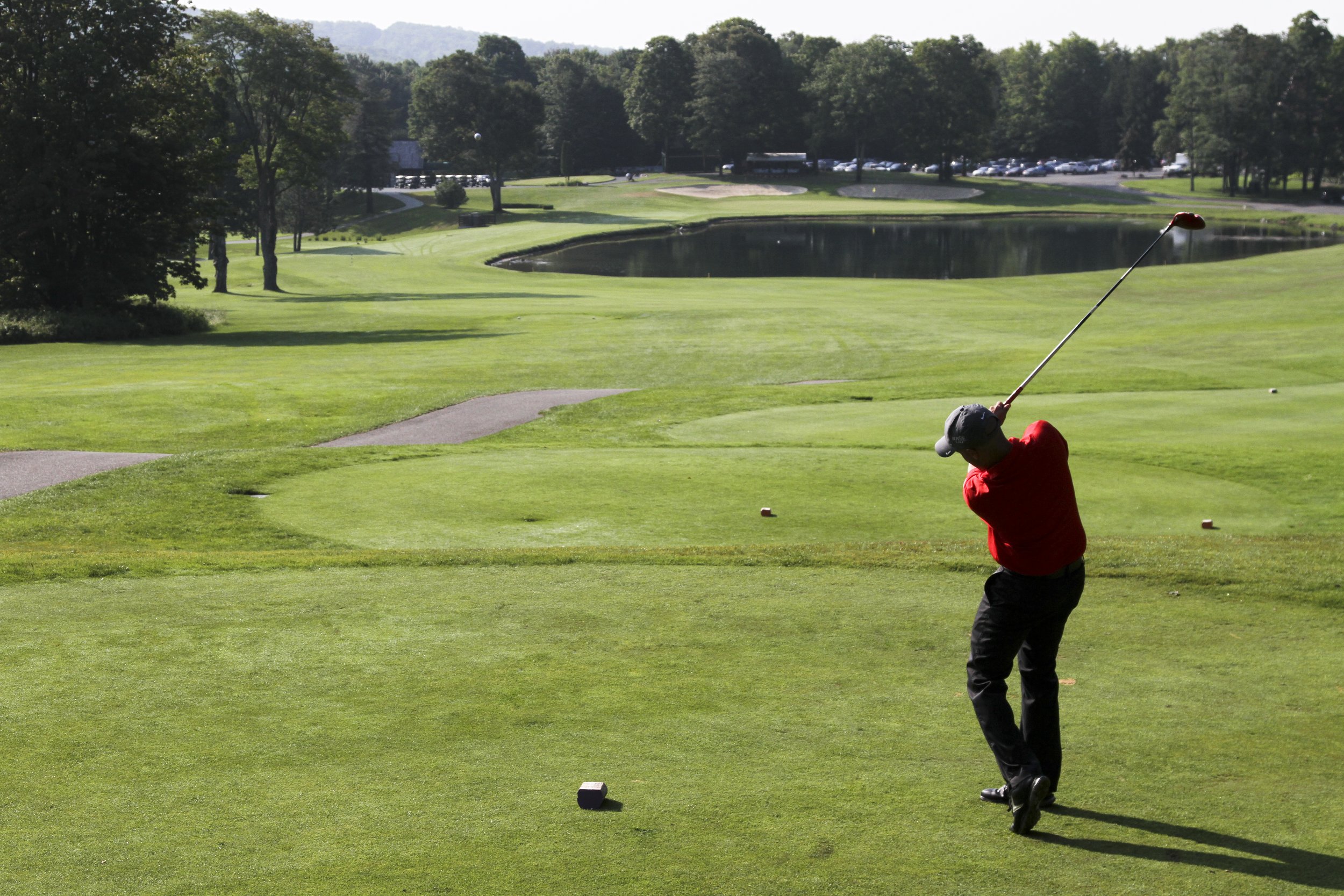Reaching Greens in Regulation
By Tom Lang
Sometimes Tour players, prominent teachers, national publications – even members of the local golf league – make it seem as though reaching the green in regulation is a necessity in golf.
But for the average golfer, does that good intention really help improve skills or lower scores? Too often, trying to be an aggressive hero turns many golf games south and scores inevitably go up instead.
I had the same problem for many years until about a decade ago I started thinking of ‘bogey equaled par.’ From that perspective, if I played less aggressively, I was fine walking off the green with a bogey rather than doubles, triples and worse because I went into a hazard for example. I also knew I was good enough at golf and would still make a handful of pars and usually one birdie per round – so when I avoided doubles, triples and worse, I began breaking 90 on a regular basis. That method isn’t for everyone, but it improved my game.
For golfers who want to reach more greens in regulation, it starts at the tee box, and picking the right tee box for your own game is priority one. High handicappers have no business playing the toughest, longer tees – whether they do through pressure from their buddies or thinking they won’t be challenged enough or fully experience the course unless they play from the tips.
“Especially the guys often want to say ‘I played the blues, or I played the tees from where the pros played’ – and it’s just too much,” said Brian Liberati, the former head pro at Carl’s Golfland, Plymouth, once told me. “But thankfully more of my students are understanding the game as a whole and are picking tees more appropriate. Play what fits your game, and enjoy the game so you don’t finish a round and think back saying, ‘Why did I do that?’”
Both Liberati, and Carl’s Golfland West Bloomfield pro Joe Portfilio, said hitting more greens in regulation is all about preparation.
“Not enough golfers really plan for the next shot in advance,” Liberati said. “Most just go up to the tee, grab a driver and whack away. They don’t plan: ‘should I be on the left side of the fairway, maybe the right side of the fairway with this first shot – or even what distance do I want to come into the green with the next shot – at 200, 150, 125 yards away?’ A lot of people just want to bust the driver as far as they can every time.
“Always ask yourself what your next shot will be, what the best approach angle is, or better yet what provides the best margin for error.”
Portfilio said reaching more greens in regulation could come as a result of finding an approach shot that is the least dangerous and get the ball to roll up onto the green, “so they are at least putting, instead of trying to fly one in and stick it at a tucked pin.
“If a golfer is in the rough, while it might be a nice fluffy lie they can hit, it won’t get any backspin because of the blades of grass between the club face and ball,” Portfilio added. “So even if they can get it to the green you can’t plan on having it stick near the pin. You need to plan on hitting short of the pin and let it roll up there.”
Another step at hitting more greens in regulation is proper navigation of hazards that designers put there specifically to keep golfers from easily reaching the green.
“I try to tell my students – think about if you’re more than or less than 50 percent confident you can get over the object,” Liberati said. “I tell them if they are less than 50-50, I wouldn’t try the shot. Not trying to say to them always play safe, but more to just play smart. If you have a doubtful mindset while standing over the ball you probably will not pull off the shot.”
Portfilio echoed that sentiment by saying: “If you’re going to risk taking a shot, it better reward you and save you a stroke.”
A Goal, but Not a Regulation:
As proven by watching pros on television, reaching the green in regulation does not guarantee lower scores – in fact the recreational golfer’s self-inflicted pressure of always trying to pull off such shots typically results in trouble.
“If you look at the stats on the PGA Tour, you’ll see the guys making millions of dollars are reaching only 10, 11 greens in regulation but they’re shooting 68s,” Portfilio reminds us. “Even the recreational players that often break 90 still only hit 5 to 6 greens in regulation.”
Even if playing from the middle of the fairway, grabbing a 3-iron because it matches the remaining distance to reach the green is not an automatic decision. “Because if you haven’t used it in two weeks and only one-in-20 shots with it are straight and solid, and you’re approaching a green with a bunker on the right and junk on the left, there’s no reason to have that 3-iron in your hand,” he added.
“If that same pin is tucked behind the bunker and you love your pitching wedge, try hitting the fairway shot to your perfect wedge distance, then go at the pin and get a one-putt. You will always score better with good course management. It’s not always about hitting the tee shot far and getting on the green in two.”




